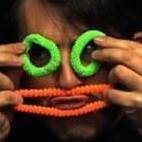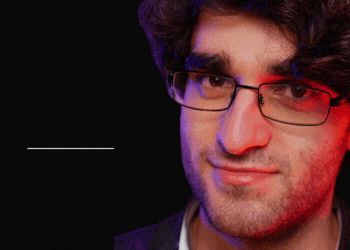[Technique] Pièces et Transpiration
- Pas de pub non magique pour les membres du Cercle VM. Clique ici pour en savoir plus !
-
Messages
-
🧠 Smart Bastards Vol. 1 : un projet collectif comme on les aime ! Dans ce recueil de 200 pages, tu trouveras plus de 30 routines autour du mentalisme et de la magie mentale. C’est moderne, c’est fun, et surtout : c’est testé sur le terrain. 💬 Des idées de révélations, des subtilités, des variations, des présentations… Ce n’est pas un simple enchaînement de tours, c’est une vraie mine d’or pour les curieux, les créatifs et les performeurs. Et tout ça, à un prix super accessible. 🎁 BONUS SPÉCIAL VM : Les 20 premiers acheteurs recevront en plus un cadeau : l'excellent tour Constellations de @Thibault TERNON. Une bonne raison de ne pas attendre. 👉 Je découvre et j’en profite https://www.virtualmagie.com/boutique/livres-de-magie-papier/smart-bastards-1 💡 Astuce : si tu possèdes un compte Paypal, tu peux régler tes commandes en 4X fois sans frais ! 📦 Tu veux un livre plein d’idées fraîches, originales et prêtes à jouer ? ➡️ Thomas ne rate pas cette sortie limitée et tente d’être parmi les 20 premiers chanceux à recevoir le bonus offert.
-
Par Christian GIRARD · Publié le
Du jazz à la cornemuse : Bagpipe swing with Gunhild Carling in Central Park NY -
Par Mickaël MCD · Publié le
"Masterclass" c'est devenu une expression, c'est comme quand on dit à quelqu'un : Bravo, t'es un champion ! Il n'est pas spécialement reconnu comme "champion" en quoi que ce soit 🙃🤗😎 Pour moi "Masterclass" ça veut dire : que c'est "une référence" est implicitement ; "une bonne référence".
-
-
Qui est en ligne (en orange les membres du Cercle VM) - Afficher la liste
- Aucun utilisateur enregistré actuellement en ligne
-
Statistiques des membres
-
Statistiques des forums
-
Total des sujets84k
-
Total des messages679k
-

(2).gif.df27bc07cef0e29200c3a3b4a6f86666.gif)



(3).gif.3c64d20e4e00642c9c9b6d25edcf6ccb.gif)

(1).gif.65cf9433710b03a02e7253078af7c0c5.gif)
Recommended Posts
Rejoins la conversation !
Tu peux publier maintenant et t'enregistrer plus tard. Si tu as un compte, connecte-toi maintenant pour publier avec ton identité.